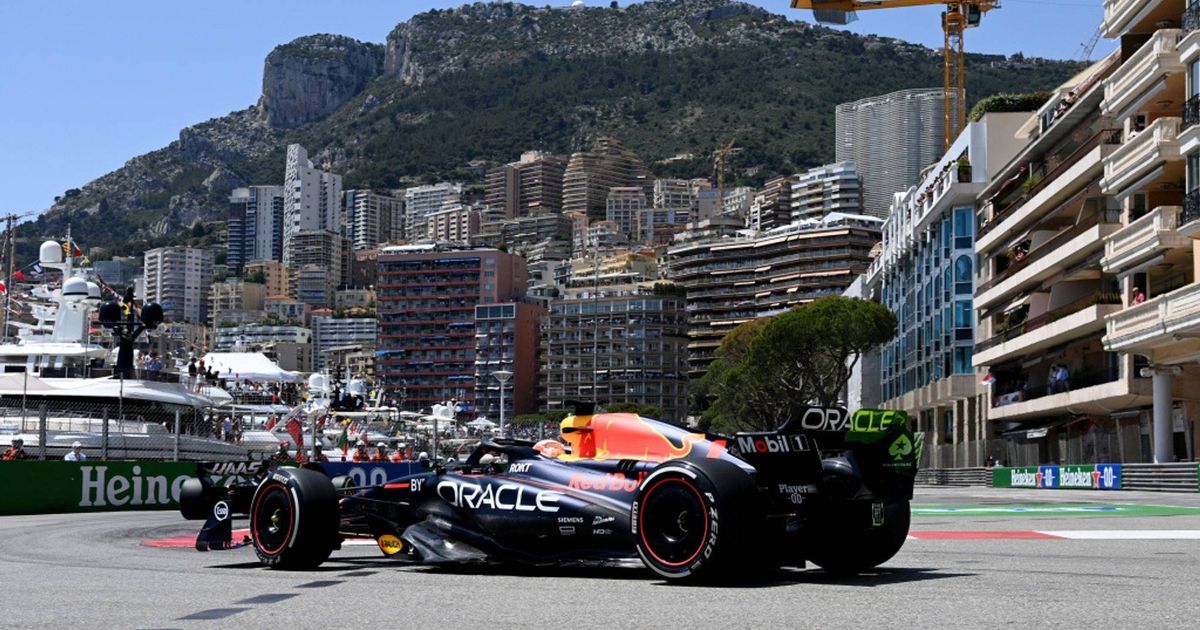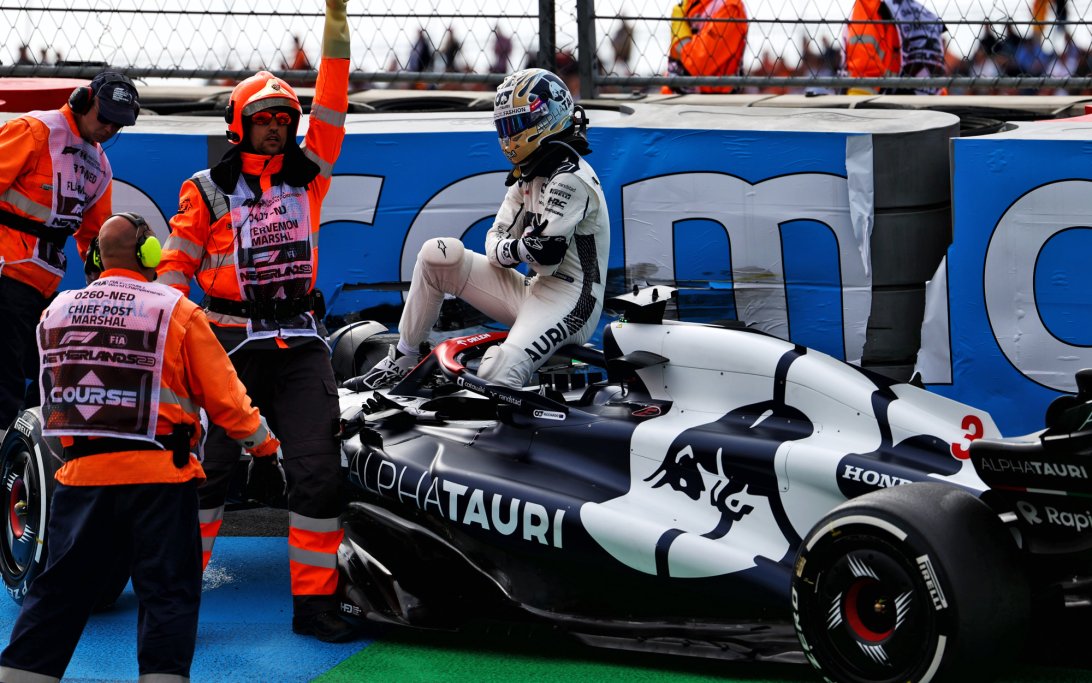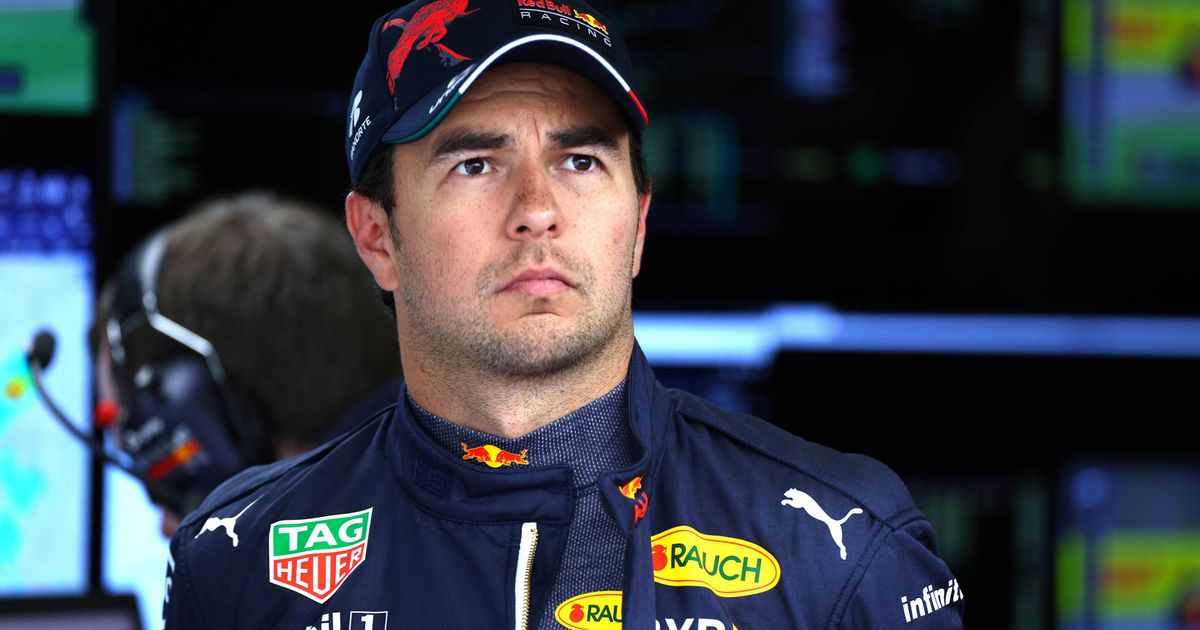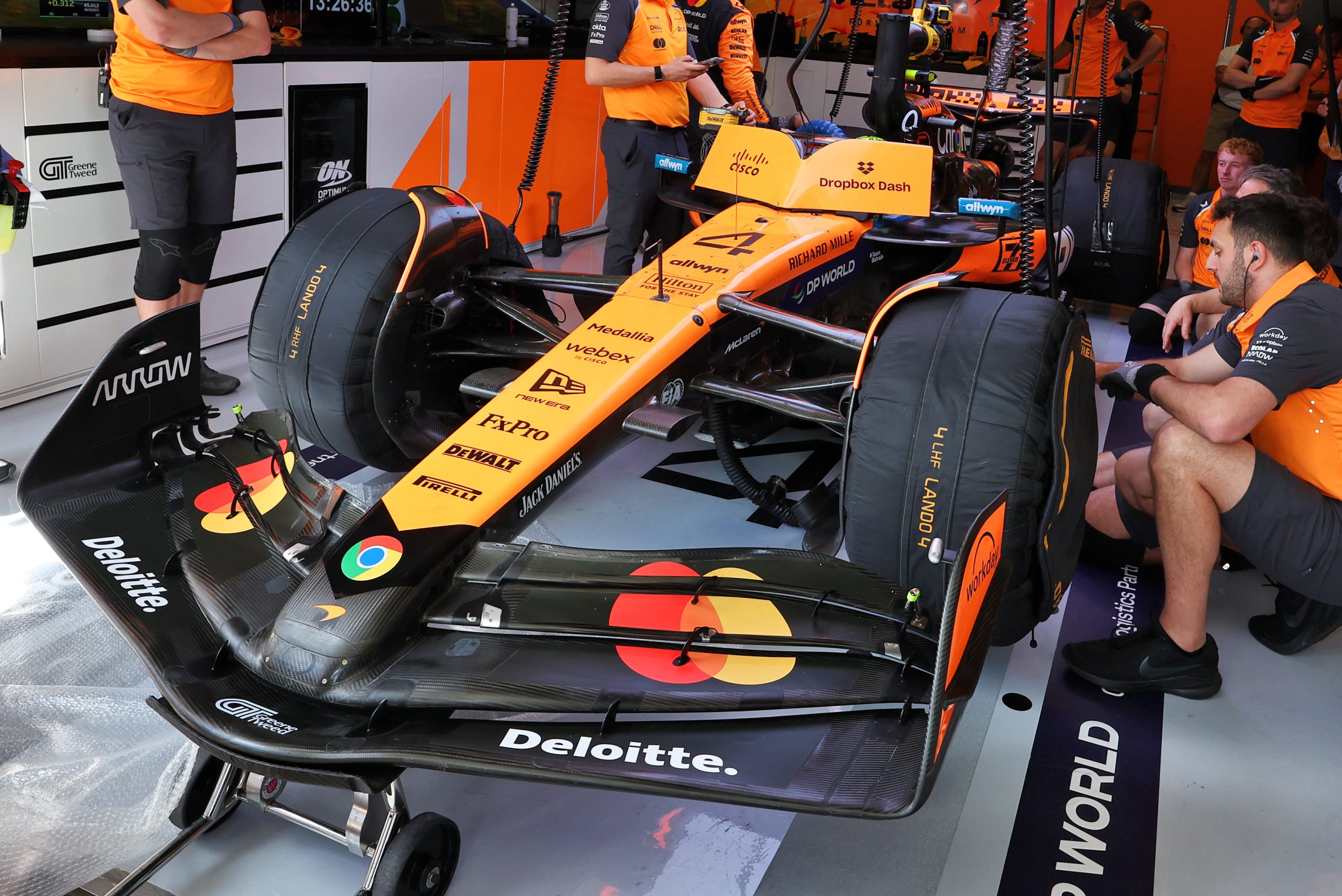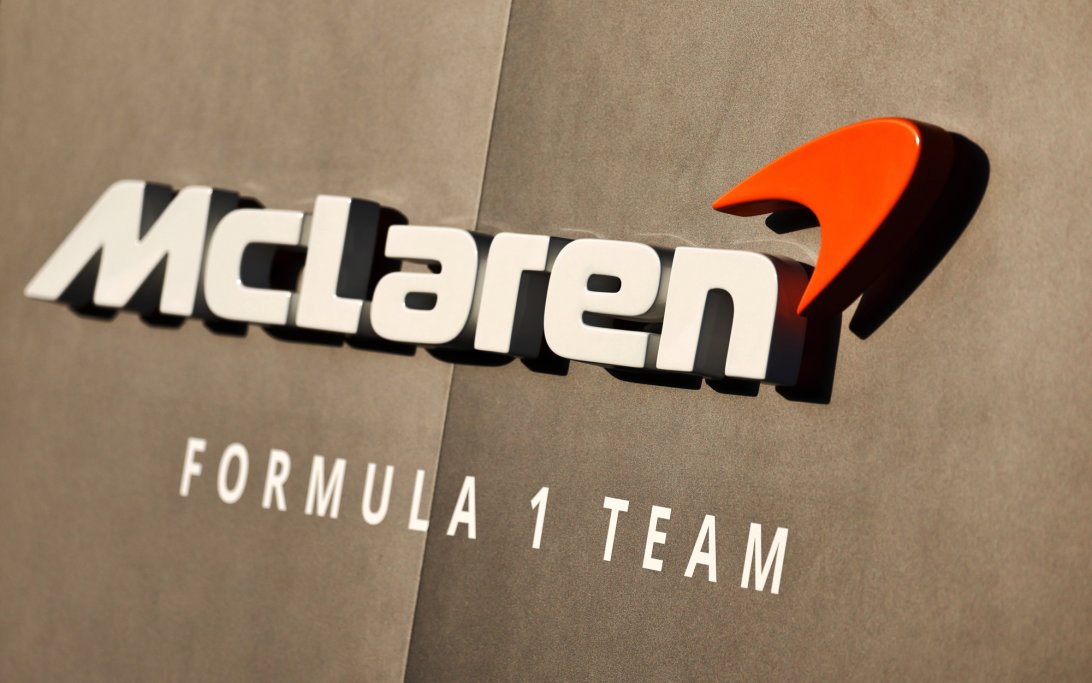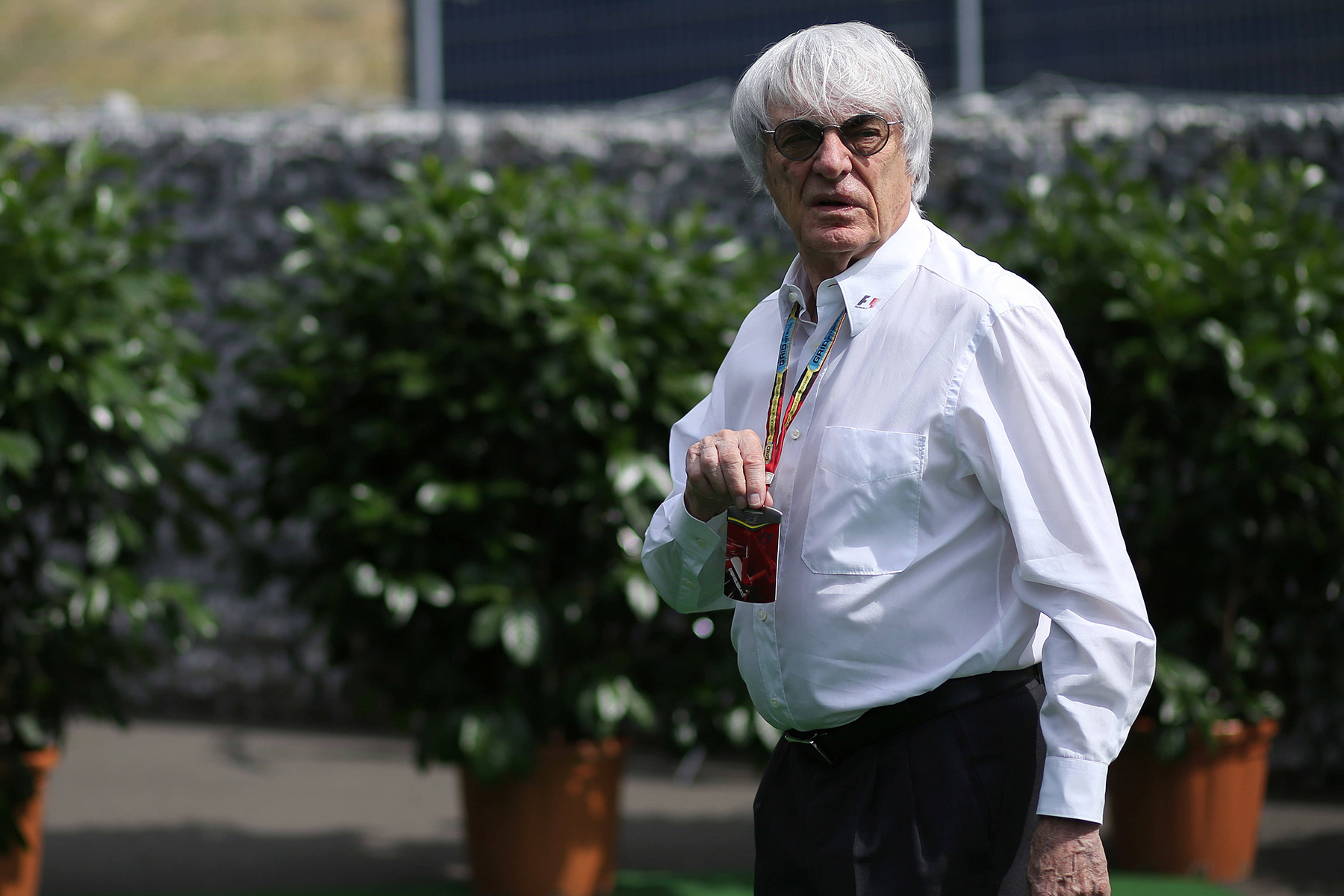The new generation of F1 cars set for 2026 is projected to achieve significantly higher top speeds than current models. This has raised safety concerns within the FIA, prompting discussions about potential power reductions at specific circuits.
Why it matters
FIA is proactively planning safety measures, including potential engine power limitations, to manage the extreme speeds anticipated with the new technical regulations. These measures aim to balance performance with driver safety, especially on tight street circuits.
The big picture
The 2026 F1 cars will be lighter, narrower, and shorter, with a radical increase in electric power from 120 kilowatts to 350 kilowatts, alongside reduced internal combustion power. This, combined with new electric boost modes (override, X, and Z), is expected to push top speeds to unprecedented levels.
The details
- Projected Speeds: At circuits like Monaco, cars could reach 350 km/h at the exit of the famous tunnel before the Nouvelle Chicane in full electric power mode, a significant jump from the current 290 km/h.
- Target Circuits: Monaco and Singapore are specifically under scrutiny due to their twisty, high-speed sections leading into braking zones.
- Planned Measure: A special mode, internally referred to as 'Rev1', is being considered for these tracks. This mode would limit the power unit's output to ensure safety.
- Energy Management: Electric boost will be proportionally reduced as straight-line speeds increase, preventing cars from entering braking zones at dangerously high velocities.
According to Auto Motor und Sport, energy management will be crucial. For instance, at Monte-Carlo, full throttle might be available for only 1,388 meters of the 3,337-meter lap, compared to 4,630 meters of 5,278 at Melbourne or 4,218 meters of 5,793 at Monza.









